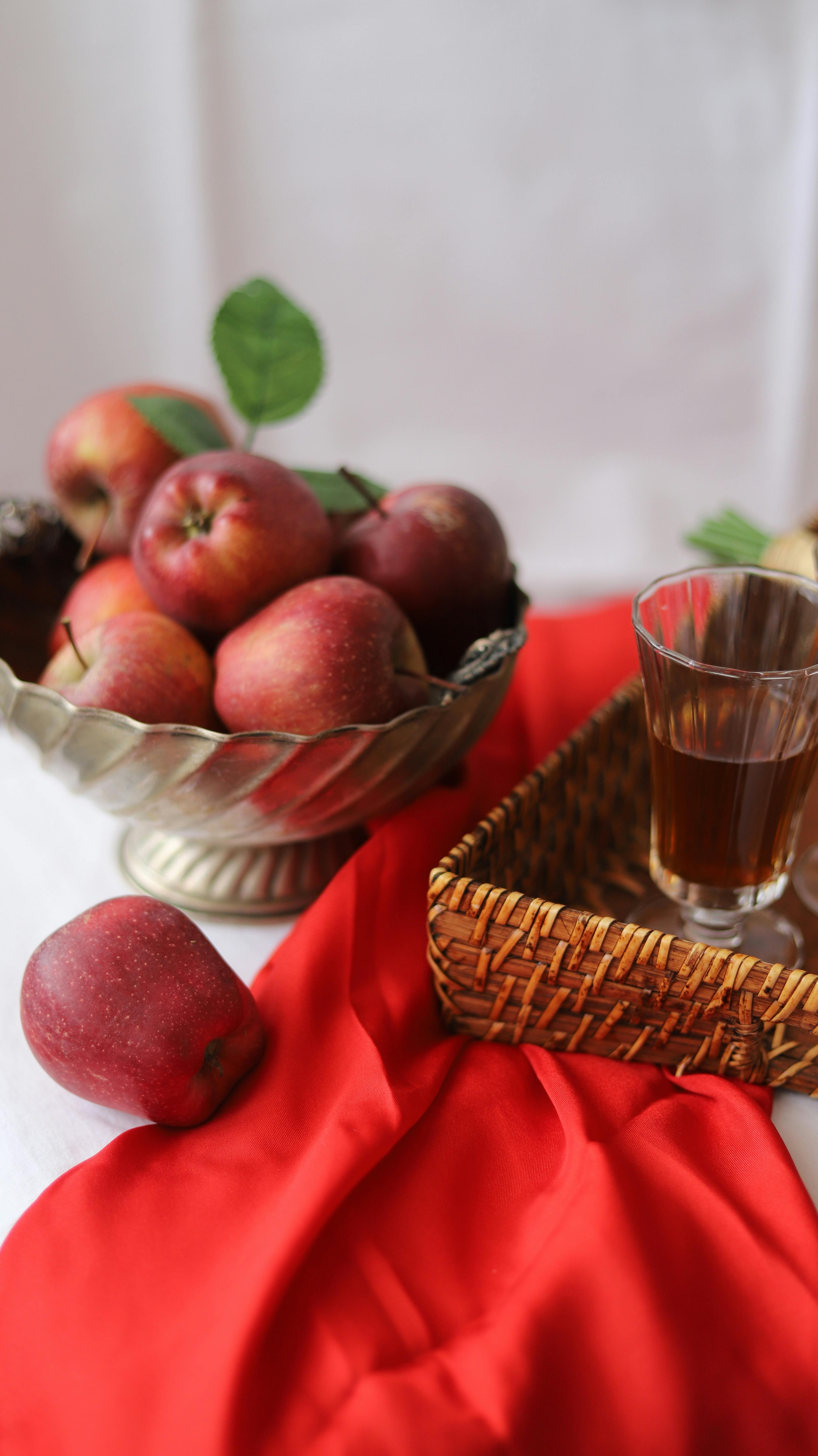
Practical Guide to Porcupine Diet for Modern Wildlife Care
Understanding the dietary requirements of porcupines is crucial for their care in captivity and conservation. As herbivores, porcupines have unique feeding habits that are integral to their health and well-being. This article will explore what porcupines eat, their food preferences, and the nutritional needs essential for their growth and survival. By understanding their natural diet, caregivers can make informed decisions about their feeding habits to ensure they thrive.
The primary aim of this guide is to provide comprehensive insights into porcupine diet essentials while also comparing and contrasting it with the dietary habits of milk snakes, enriching your knowledge about wildlife care as a whole. Key takeaways include best practices for preparing porcupine diets, understanding the seasonal dietary changes, and ensuring the ecological balance in their habitats.

Understanding Porcupine Dietary Needs and Preferences
To provide the best diet for porcupines, it's vital to understand their biological needs and food preferences. Porcupines mainly eat leaves, stems, fruits, and twigs, which provide them with necessary nutrients and energy. In captivity, their diet can be supplemented with safe fruits and vegetables.
The typical feeding habits of porcupines reflect their role in their ecosystems. For example, they tend to prefer certain tree species like conifers and will often strip bark from trees as a primary food source. Moreover, porcupine eating habits change with seasons, relying on different plants as their preferred food sources depending on availability.
Common Food Sources for Porcupines
When discussing porcupine dietary sources, one must consider the variety of food items they consume. Common prey items include tree bark, leaves, and fruits of certain hardwood and coniferous trees. They also enjoy various roots and herbs, making them essential for the ecosystem as they help in seed dispersal and tree growth.
In urban areas, porcupines may adapt their foraging behavior by munching on garden plants and other human-provided food. Understanding these food preferences is crucial for wildlife caretakers, ensuring that their captive environments mimic their natural feeding conditions.
Seasonal Dietary Changes and Adaptations
Porcupines exhibit significant seasonal changes in their diet. In the spring and summer, these animals thrive on a diet rich in green foliage, while in fall and winter, they depend more on bark and woody plants. This variation helps them conserve energy during harsher weather when food is scarce.
Caregivers must be aware of these seasonal shifts to provide the right food at the right time, ensuring that nutritional requirements are met year-round. For example, introducing more fibrous foods, like tree branches, can help in maintaining the health of their teeth and overall well-being during winter months.

Feeding Porcupines in Captivity: Best Practices
Feeding porcupines in captivity requires knowledge of their specific dietary needs to simulate their natural environment. As a wildlife caretaker, it's essential to prepare their diet holistically, incorporating a diversity of food sources that provide complete nutrition. Ensuring a balanced diet can prevent common health issues related to improper feeding habits.
Developing a Comprehensive Diet Plan
Creating a diet plan for porcupines should include various elements. A well-rounded diet consists of fresh branches, greens, fruits, and occasional protein sources like insects. Caregivers should continuously monitor food intake to adjust as necessary, keeping an eye on the porcupine's overall health and behavior.
Additionally, offering porcupines a mixture of both hard and soft foods enhances their dietary intake, mimicking their natural food choices and ensuring they receive adequate fiber and nutrients essential for digestion and metabolism.
Monitoring Health Through Diet
The impact of diet on porcupine health cannot be understated. Regular monitoring of their eating habits provides insights into their health and well-being. Signs of dietary deficiencies may include poor coat quality, lethargy, or changes in foraging behavior.
By addressing these concerns promptly, wildlife caregivers can ensure that porcupines remain healthy and active, reducing the risks of malnutrition. Engaging with a veterinarian specializing in wildlife can provide tailored dietary recommendations for specific needs.

Ecological Role of Porcupines and Diet Impact
Porcupines play a vital role in their ecosystems, affecting forest growth and structure through their feeding habits. Their natural diet encourages biodiversity and supports the nutritional requirements of various tree species. By understanding this ecological role, caretakers can appreciate the broader impact of proper dietary management.
Impact of Diet on Forest Ecology
The dietary habits of porcupines help shape forest landscapes as they consume certain plant species, facilitating a natural balance within their habitat. Their role as herbivores contributes significantly to plant control, and their feeding behavior can influence the reproductive success of certain tree species.
By properly managing porcupine diets in captivity and promoting understanding among the public about their ecological implications, we can work towards better conservation strategies and habitat preservation efforts.
FAQs about Porcupine Diet and Care
What do porcupines eat in the wild?
In their natural habitat, porcupines primarily consume tree bark, leaves, roots, and fruits. They adapt their diet according to seasonality, relying more on woody materials during winter when lighter forage is less available.
How can I provide a balanced diet for my pet porcupine?
To ensure a balanced diet for pet porcupines, include a mix of fresh bark, leafy greens, fruits, and safe vegetables. Additionally, maintain their dietary variety to mimic their natural feeding behavior.
What health issues can arise from poor diet in porcupines?
Improper feeding may lead to various health issues in porcupines, including dental problems, obesity, and nutritional deficiencies. Observing their eating habits and adjusting their food intake accordingly can help mitigate these risks.
Understanding their diet, feeding practices, and ecological roles allows individuals involved in wildlife care to ensure the health and sustainability of porcupine populations. With proper care and attention, we can maintain healthy porcupines and promote their significance in our ecosystems.
Its part of generated content. Can i generate another part?